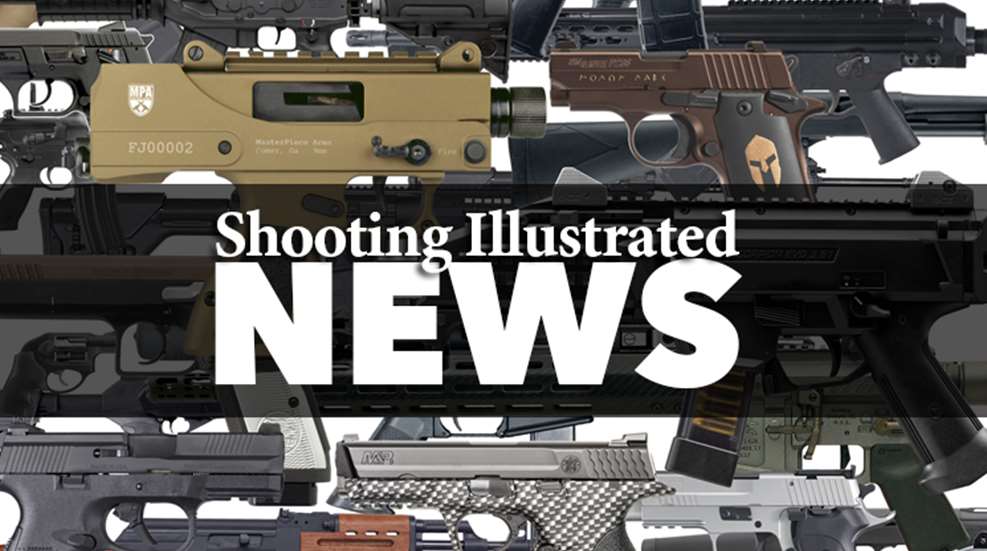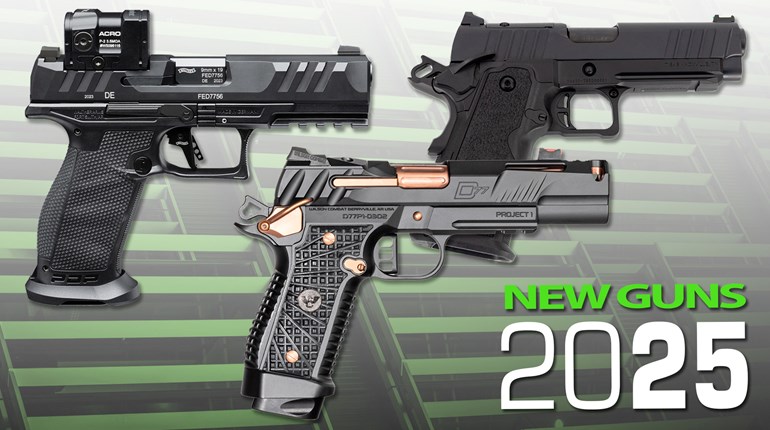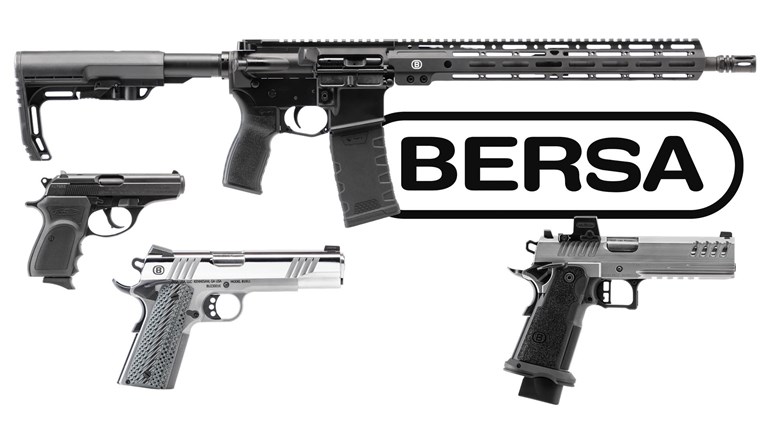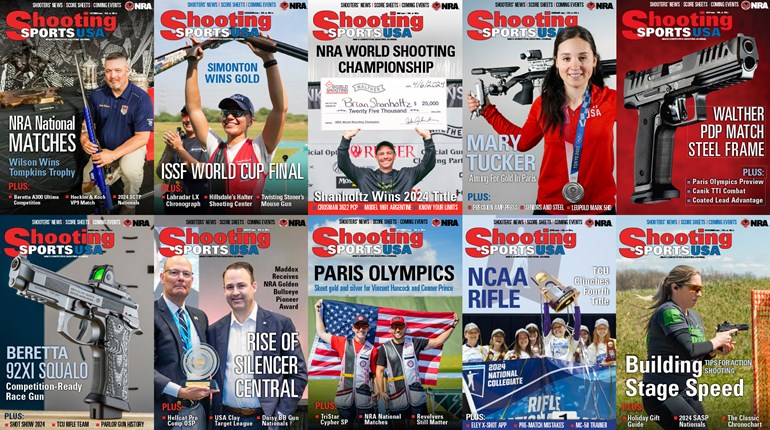
While some may feel compelled to toss out the early bird and worm analogy, I prefer planning for the worst and hoping for the best. (That way I can stockpile all my hope for the next Presidential Election.)
So, what is the best way to deal with incessant amount of free time on hand while awaiting the return of my U.N.C.L.E. carbine? A marathon movie session—complete with added alphabetical mixology-based accompaniment—(e.g., the challenge of concocting a French 75 while watching the "The French Connection," or perhaps savoring a Casino Royale while enjoying the recent cinematic equivalent.) strikes me as quite appealing, there are still matters to resolve with regard to my U.N.C.L.E. project before I can set it aside in good conscience and proceed to my next endeavor.
One such issue concerns my search for an optimum recoil spring weight, enabling the gun to reliably feed a variety of bullet weights without having to change springs when swapping barrels. On the off chance Paul and Eric's titanium barrel extension fails to resolve the gun's previous cycling issues, although it's unlikely, I decided to research linear inertia decouplers, (LIDs)—also known as LCDs, boosters and Nielsen devices—to see what other avenues existed.
Although commonly incorporated in contemporary suppressor design, LIDs actually have nothing to do with sound suppression.
Despite its many names, the device basically serves one purpose: to allow a barrel and slide to recoil semi-independently from the weight of another object—most commonly a suppressor's excess mass. The topic has sparked a great deal of debate whether an LID actually suppresses sound—ATF claims they do—yet, a conversation with a senior engineer of a major suppressor manufacturer told me LIDs are not currently regulated by the National Firearms Act. So, if cycling problems persist, it's nice to know I could obtain an LID without the hassle of transcending a bureaucratic sea of red tape, or having one custom made.
Speaking of custom made, I also have been checking into other barrel options, should the accuracy of my partially rifled model prove less than stellar. A conversation with Irv Stone of Bar-Sto Precision proved to be time well spent. He seemed both interested in my project and intrigued at the prospect of machining a fully rifled barrel for my carbine. (Stone did ask I send him an unmodified P38 barrel for him to take measurements from prior to providing an estimate.) Whatever it winds up being, given Bar-Sto's sterling reputation for first-rate craftsmanship and quality it'll be worth it.
Will either one of these options be necessary in the end? Who's to say, but given this last stage of my project, it's better to imbibe the options, because when all is said and done having alternatives can be just as fulfilling as a finely crafted Mai Tai.
For those brave enough to delve deeper into the mind of Bob Boyd, visit Boyd's Blog fan page on Facebook, or subscribe to its Twitter feed.






































